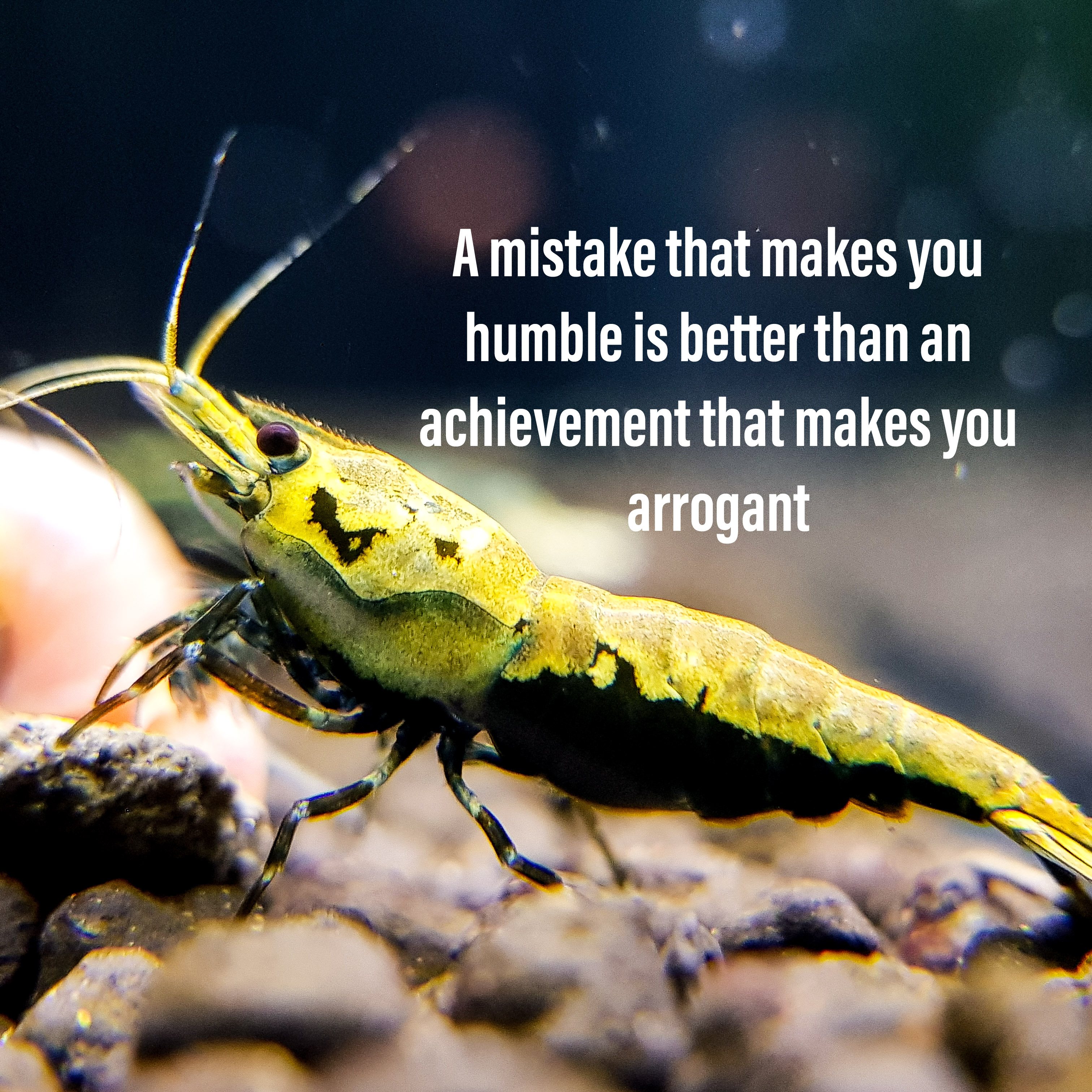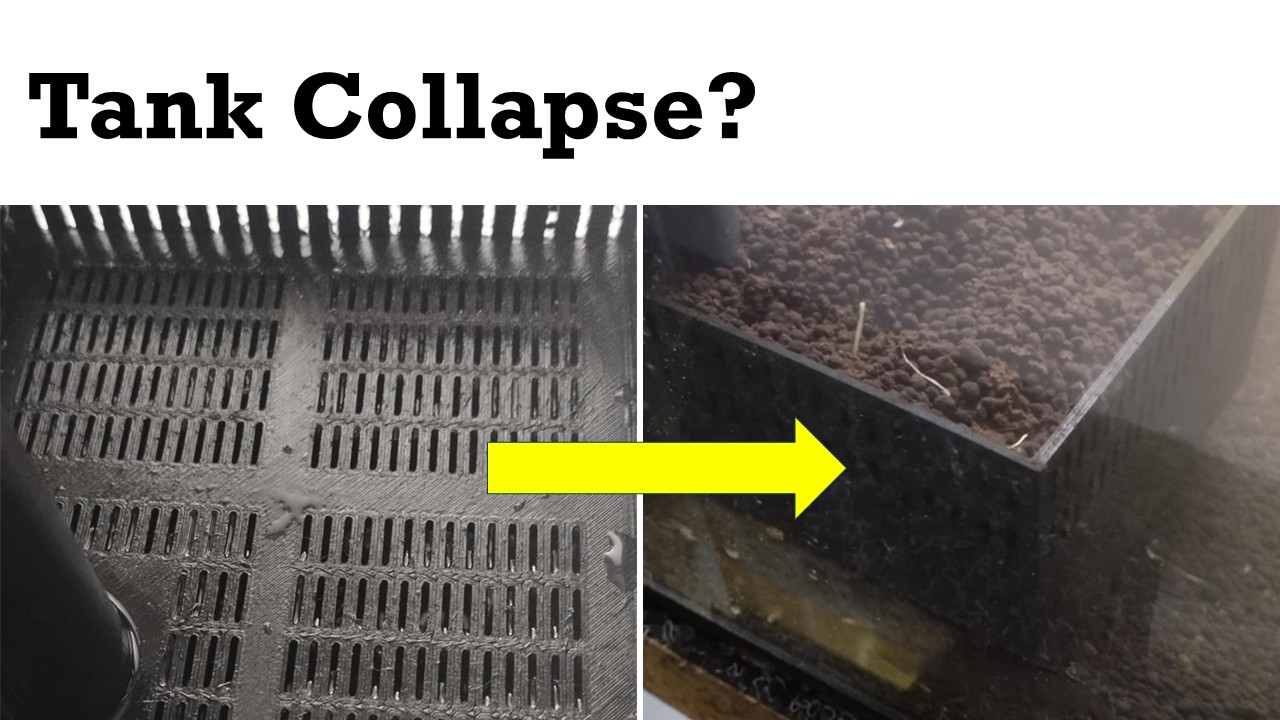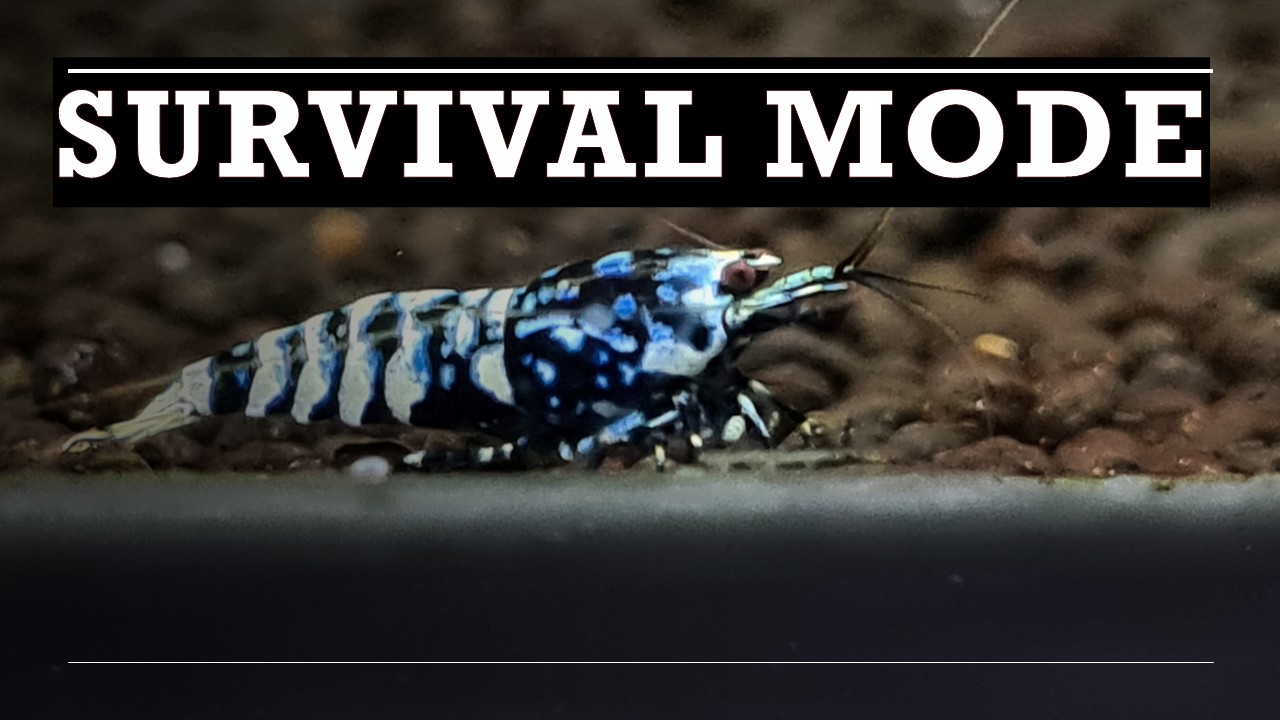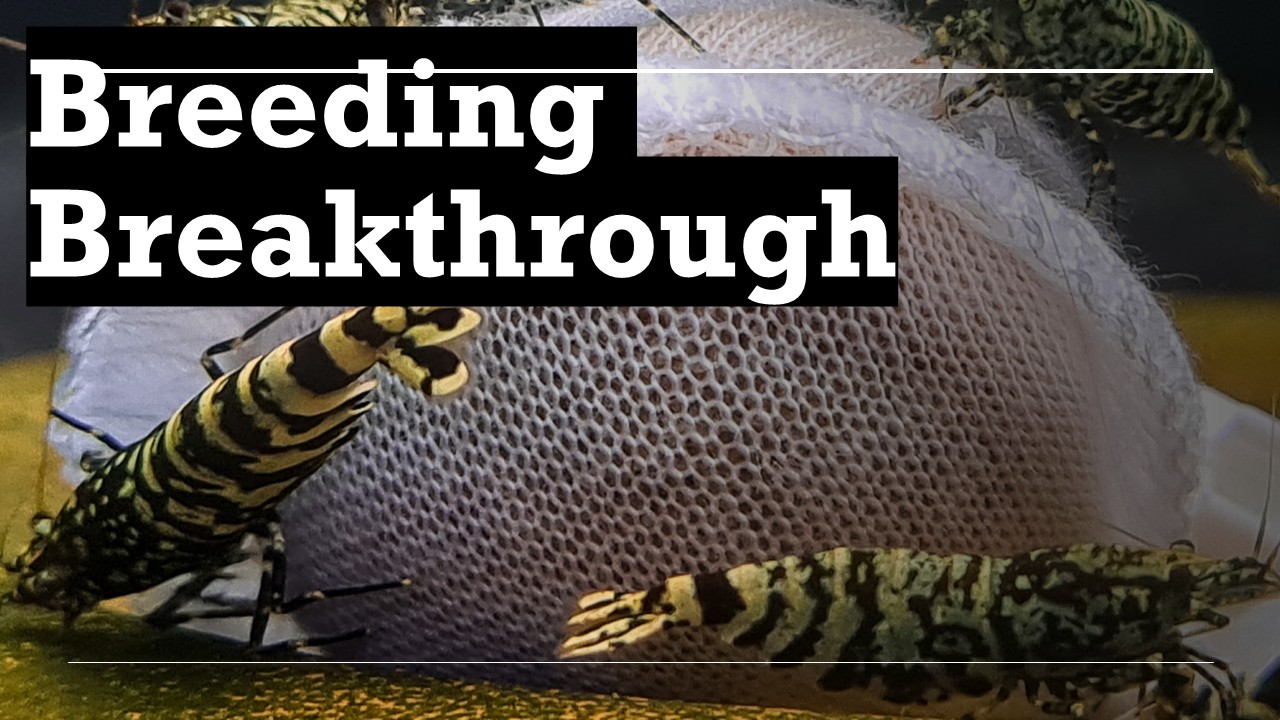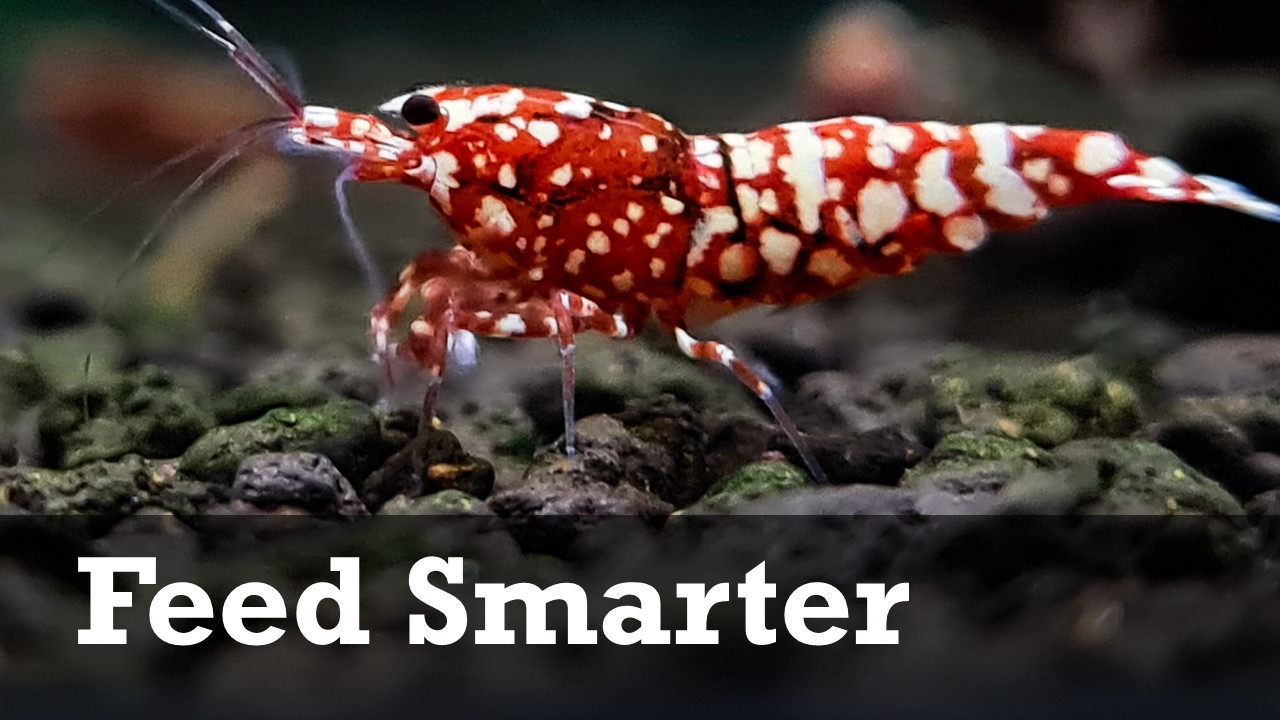
Intro
Water parameters can be categorized into two main types: Hard Parameters and Soft Parameters. This post serves as a follow-up to the previous discussion on water parameters, providing a clearer understanding of the distinction between the two, their importance, and how they influence the readiness of a tank for shrimp breeding.
Hard Water Parameters
Hard water parameters refer to measurable values that can be assessed using test kits. These parameters help us understand specific qualities of the water, such as acidity and dissolved solids. The primary measurements include:
- pH
- KH (Carbonate Hardness)
- GH (General Hardness)
- TDS (Total Dissolved Solids)
- Ammonia, Nitrite, and Nitrate levels
- Temperature
These are the standard measurements used to determine if water parameters are within the required range for shrimp habitats:
- pH: 5.5–6
- KH: 0
- GH: 3–4 (4–6 in Europe)
- TDS: 85–100
- Ammonia: 0, Nitrite: 0, Nitrate: 5–10 ppm
- Temperature: 20–24°C
While achieving these values is essential, it doesn’t necessarily mean your tank is fully prepared for shrimp. These hard parameters indicate the water is within the acceptable range for shrimp, but other critical factors must also be considered.
Soft Water Parameters
Soft parameters involve less tangible indicators and are often more challenging to measure. These rely on observations that complement the hard parameters and provide a fuller picture of tank readiness.
1. Plant and Moss Growth
Floating plants or mosses, such as frogbits, serve as important indicators. If they are thriving—branching out, extending roots, or showing healthy growth—it suggests that nutrients like nitrates are present and being utilized for plant development. Observing healthy plant growth offers additional confirmation of stable water conditions.
Plants also provide cover for shrimplets and absorb nitrates, improving water quality. Mosses, in particular, offer hiding spaces for female shrimp during molting or egg transfer, which reduces stress and enhances survival.
2. Biofilm and Microorganisms
Biofilm and microorganisms are essential for shrimp health. Biofilm serves as a natural food source, encouraging shrimp breeding and supporting overall health. Observing shrimp feeding on biofilm is a good indication of its presence in the tank.
Gut health is another important aspect. For example, shrimp waste that appears half beige and half dark brown indicates a balanced diet, which is critical for survival and reproduction. Female shrimp, in preparation for breeding, often feed intensively on biofilm to gain extra nutrients, ensuring healthier and larger broods.
3. Male-to-Female Ratio
The male-to-female ratio is crucial for maintaining a balanced environment, especially during breeding. A skewed ratio, such as 10 males to 1 female, can lead to excessive stress on the female during molting, as multiple males may attempt to mate simultaneously. This can result in fatal injuries.
An ideal ratio is approximately 4 males to 20 females or 2 males to 20 females, ensuring a higher survival rate and less stress on females. This in particular is for breeding and for keeping i would still have a lower Male to Female ratio whenever possible as low as 1:3 male to female.
Conclusion
To create an optimal environment for shrimp breeding, it’s essential to first rely on the measurable hard parameters provided by water test kits. Then, through careful observation, assess the soft parameters to ensure the tank is truly ready.
Both aspects are critical for creating a thriving environment where shrimp can breed and grow successfully. Patience is key—don’t rush the cycling process, and if the initial attempt doesn’t succeed, analyze and adjust until the tank is fully prepared.
Thank you for reading, and I hope this post helps you on your shrimp-keeping journey!
